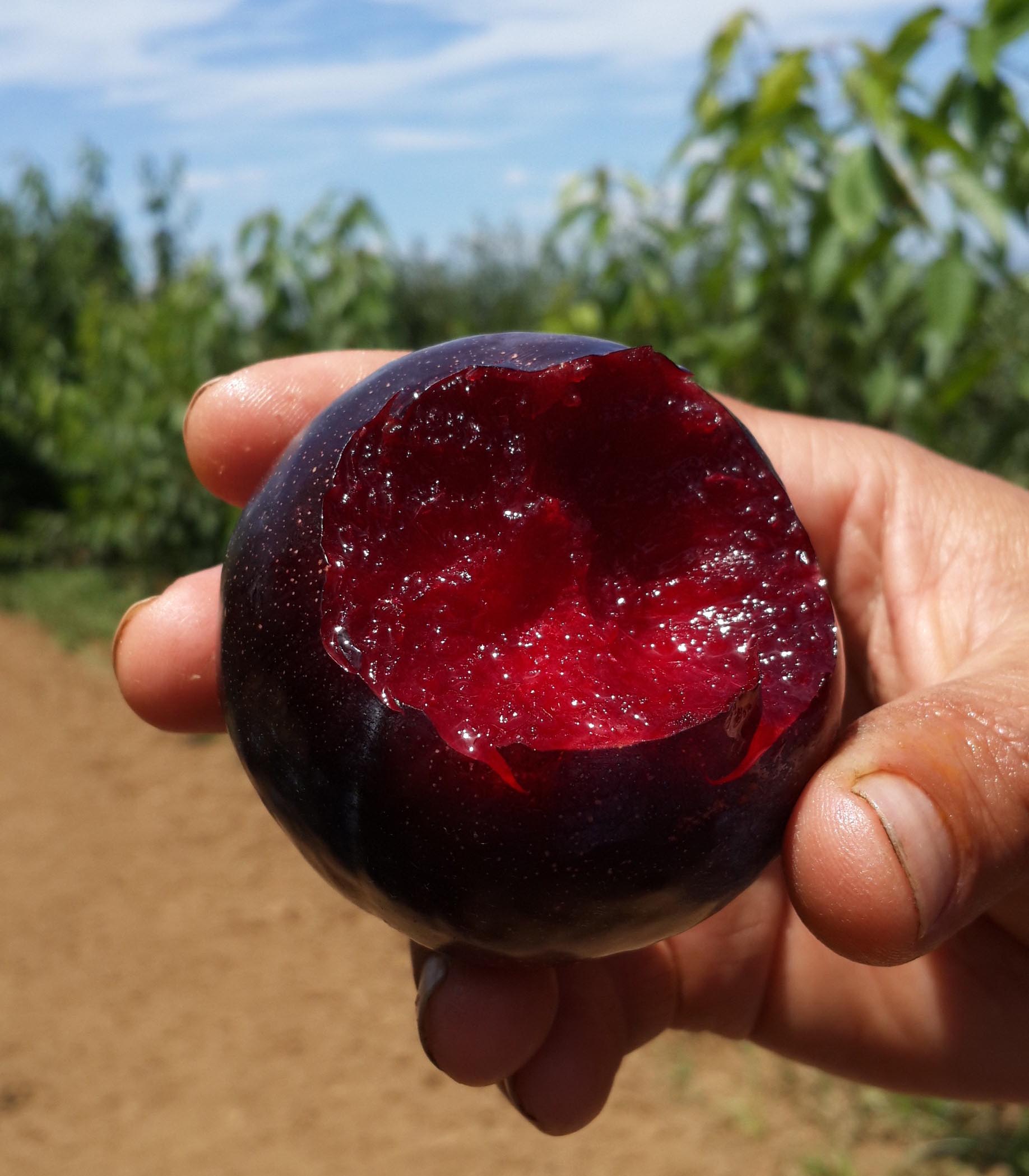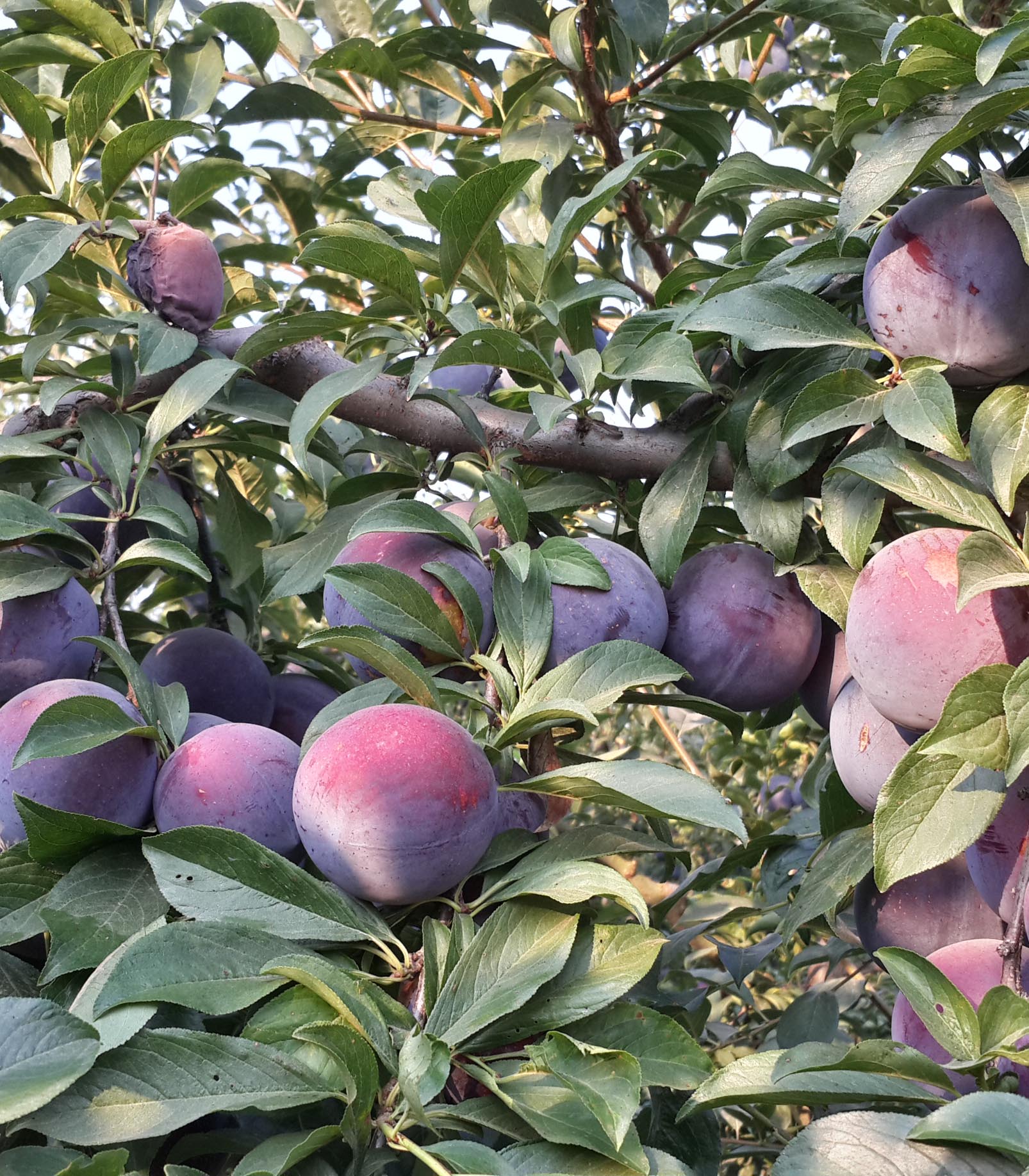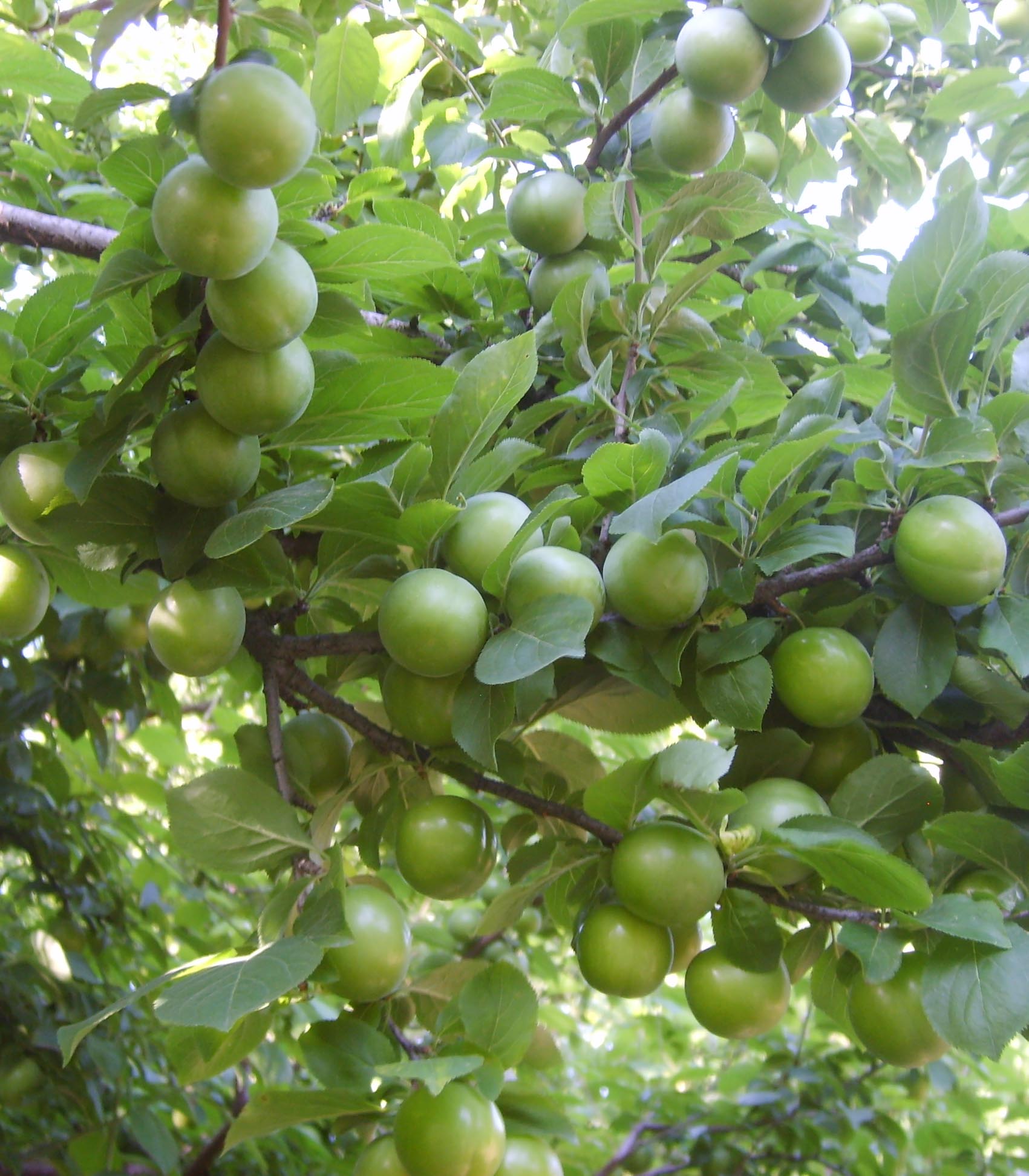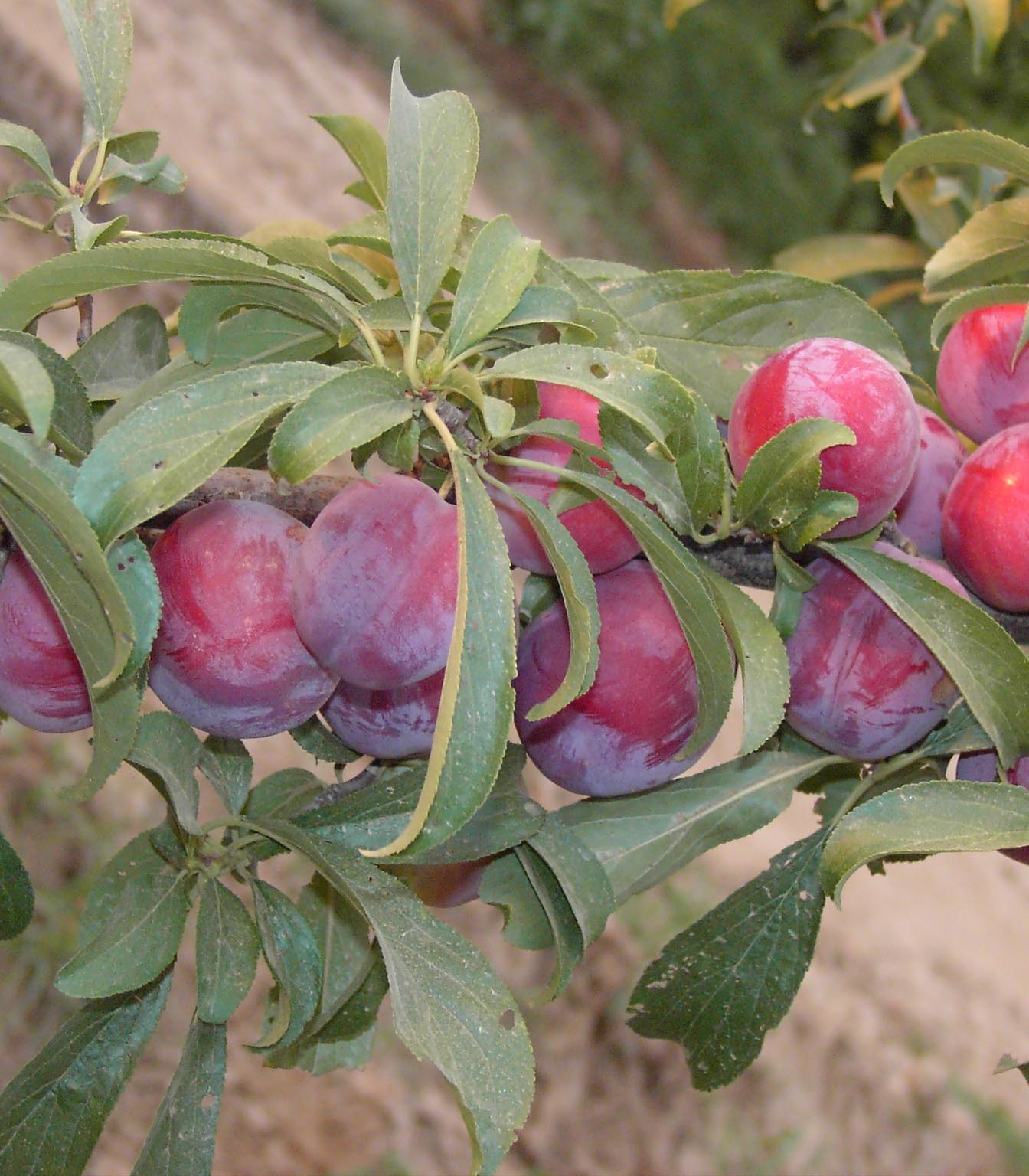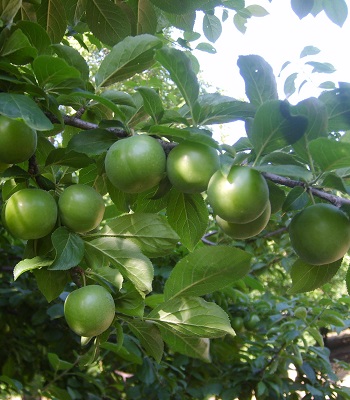
Climate and Soil Requirements
Climate requirements of plum varieties are different from one another. Among the existing varieties, the one which may adapt best to climatic conditions is P. cerasifera. European plum (Purunus domestica) is a fruit of the cold-temperate climate where winter is relatively cold. Japanese plum (Purunus salinica) gives good results in regions that are not cold.
Resistance to cold in plums which withstand cold in winter season starts to reduce when weather gets warmer in spring. Sensitivity well increases in the blooming period.
It is known that, in case of plums, closed buds of which the tip of the petal appears withstand –3.1°C to –1.1°C; blooms –2.2°C to 0.6°C; and young fruits –1.1°C to –0.6°C.
In rainy regions, permanent coverage is made available in orchards, using meadow plants. Cover plants are mown when they grow. In less rainy regions, plum orchards are tried to be kept clean at all times. In such regions, orchards are ploughed in autumn. When the ground is conditioned in spring, it is ploughed a second time in late February or during March. Irrigation channels are unblocked after the third ploughing in May. Bottoms of the trees are worked with a hoe. If grass grows in the orchards due to irrigation in summer, mowing grass should be preferred instead of ploughing the ground in order not to break the irrigation channels.
As plum roots spread in a section close to the soil surface, deep soil working should be avoided.
